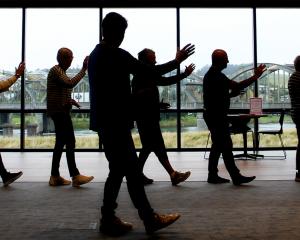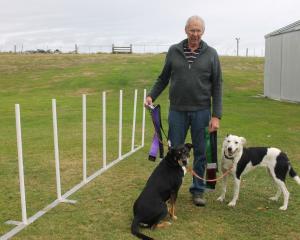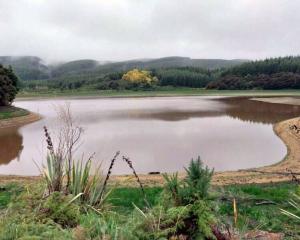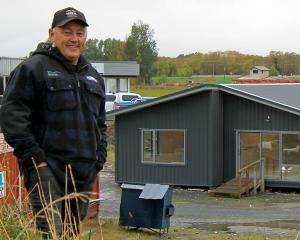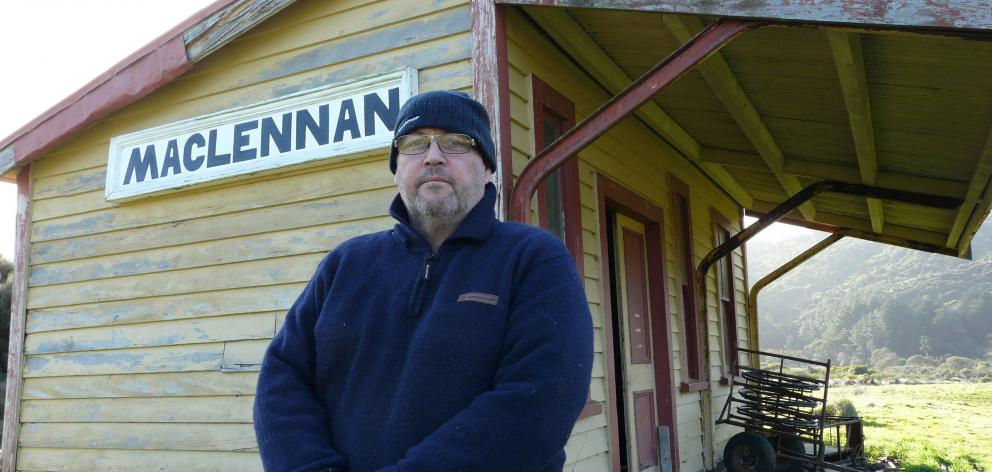
To the casual observer there’s simply nothing much to see here, save for an unremarkable cluster of neatly maintained cribs, tumbledown sheds and gorse-strewn paddocks patrolled by sleepy livestock.
But pull over and take a proper look at your surroundings for a moment, and suddenly things come into sharper focus.
Here’s an old schoolhouse. There’s a queer-looking shed. And might that be a well-preserved railway station across the way?
Today, Maclennan’s peaceful rural setting belies a bustling, past centred around that all-important station building, and its 61-metre platform.
Born of a need to exploit native timber resources further inland once coastal supplies had been exhausted, Maclennan was an important way point on the westward progress of the Catlins River Branch railway line.
Started in 1879, only in 1912 did the line from Balclutha, some 50km to the northeast, begin to wind its way into what was to become Maclennan, but by 1914 the station was operational.
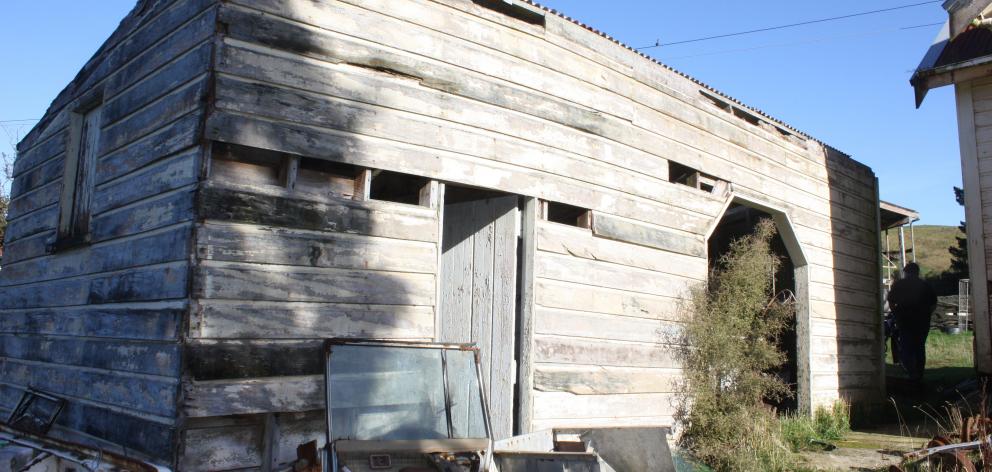
By October that year, the station buildings were complete, and further structures soon sprang up to create the township, including a gangers’ (railway workers’) hut, a goods shed, an engine shed, railway cottages and stock and railway yards.
Many of those early buildings survive to this day, although in varying states of disrepair.
Halting their further decay, and opening the possibility of restoration where practicable, has been the main drive behind an application for New Zealand Heritage listing as a historic area.
Lodged by local conservationist Fergus Sutherland, and with the support of key local landowner and resident farmer Albert Jenks, that application is out for public consultation until May 21, at which point Maclennan could become New Zealand’s first entire early railway township on the register.
Mr Jenks said, despite the initial application only covering the 98-year-old station building (which replaced the original 1914 structure), he could see why Heritage NZ had been eager to extend the designation to encompass the wider settlement and its buildings.

Among those stories is a touching tale of the gangers’ hut, now a storage shed.
Built in around 1913, it is one the earliest original structures in Maclennan, and is low-roofed and windowless and had a primitive fire and chimney.
A guard temporarily in charge at Maclennan brought his pregnant wife and two children with him, the family holidaying in the hut.
When the baby made a premature arrival, the children were put outside for lack of room, and the baby boy was named, appropriately, Maclennan.
Other structures have found further novel uses down the years, although none as temporary birthing suites.
Mr Jenks said his father Donald had used the school building as a vintage car restoration garage, and the former Maclennan village hall had been used as a woolshed.
The station building itself was something of an exception, being both of a rare breed, and in reasonable repair.
"We’ve had a few people ask to buy it over the years. It’s a Class A Number 3 pattern laid down by New Zealand Railways in 1914, and apparently pretty rare, especially in its original setting," Mr Jenks said.
The interior walls of the stationmaster’s room and adjoining ladies’ waiting room, now full of "farm junk", are scrawled with vintage graffiti."I’d just like to tidy it up a bit and have it open to the public for a gold coin ."
Gaining official heritage status would allow the job to be done properly.
"It would be easy to maintain some of these buildings along basic lines, but you’d lose their character in the process. If we get heritage listing, we can apply for appropriate funding to restore them properly, and retain their historical integrity."
Heritage NZ Otago-Southland manager Jonathan Howard said that most applications to the historic listing register were successful, and Maclennan comfortably satisfied the criteria for inclusion.
"Although it still has to complete the process for acceptance, it’s only progressed to this stage as we believe it’s worthy of inclusion. For a range of aesthetic, architectural, historical and social reasons, it’s a microcosm of the importance of railway to rural New Zealand and a good representation of small, historic sawmilling towns."
Maclennan’s demise as a railway community began in 1956 with the closure of the school, once accessible forestry for logging dwindled.
In 1958, passenger services ceased, the last of the sawmills was gone by 1969 and, in 1971, the railway line closed for good.
Mr Jenks’ family bought much of the remaining land and buildings at that time.
Maclennan the railway town may long since have disappeared in practical terms, but in spirit it still lives on.
"Sometimes you’re down in the stockyard and you can picture the old steam trains coming through with smoke and whistles and all the excitement.
"It’s hard to imagine now just how much activity there must have been. Nothing like today’s peace and quiet."
Timeline
Maclennan township key dates. —
• c.1913: gangers’ hut constructed.
• 1914: goods shed constructed.
• 1914: school constructed.
• c.1914: boarding house constructed.
• c.1914: railway houses constructed.
• c.1914: stockyards constructed.
• c.1915: store constructed.
• 1920: second railway station constructed.
• 1924: community hall constructed.
• 1930: veranda added to railway station.
• c.1930s: play shed and additional wing added to school.
• c.1930s: teacher’s residence constructed.




